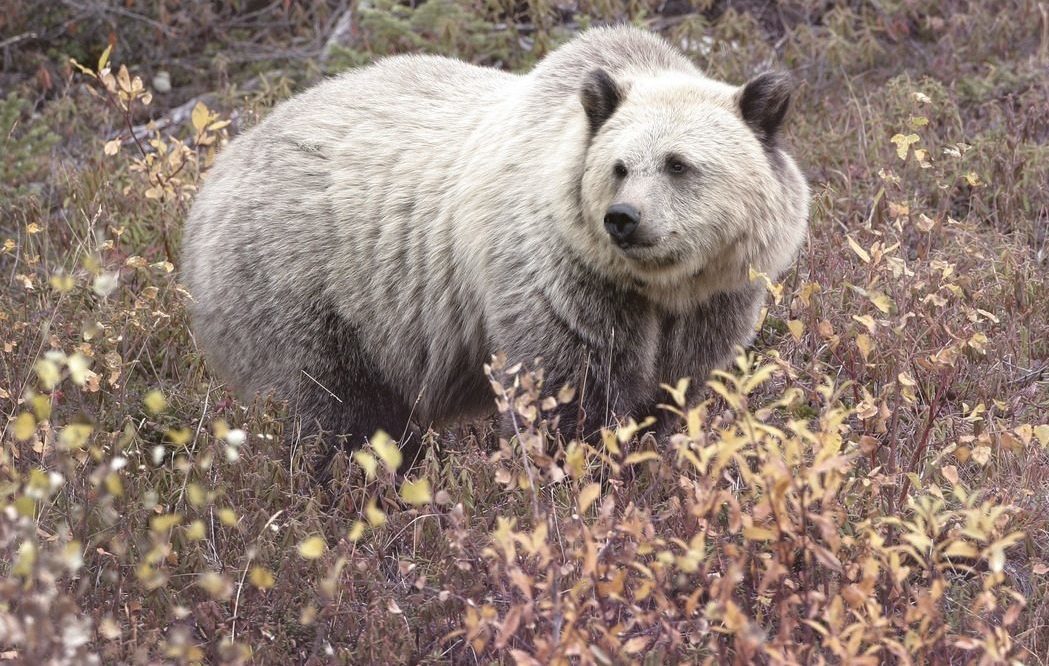#ARCTIC. #SIBERIA. THIS IS TAIMYR. Because of the warming climate, grizzlies and polar bears are increasingly interbreeding. In an ever-warming world, polar bears move south in search of food, while grizzly bears are expanding northward. As a result, more and more hybrids are born. Scientists call them pizzlies or grolars (from the English grizzly bear and polar bear).
The hybrids have creamy white fur with brown stripes, long claws, a humped back, and a short snout. Grizzlies and polar bears diverged by the standards of evolution recently – 500-600 thousand years ago, so they can give birth to viable offspring, and the hybrids are also very fertile.

The first encounter with pizzly occurred in 2006, when a hunter shot a previously unknown animal in the Canadian Arctic. DNA analysis confirmed that the beast is a hybrid. Since then, the number of such cases has only grown. In 2017, scientists published a study in the Arctic magazine, according to which eight piszzlies descended from one female polar bear, which mated with two grizzlies.
The increase in the number of hybrids coincides with the decrease in the number of polar bears. They are projected to decrease by 30 percent in the next 30 years due to warming, as well as the invasion of their territory by grizzlies. There are fears that by the end of the century, these land-listed predators will completely disappear.
Polar bears can only eat fatty food, while grizzlies are omnivores. Pizzly is a versatile animal that makes it easier to survive in a changing climate. Scientists do not rule out that the pizzlies will take the best from both species of the bear family and eventually displace polar bears one day. After all, the menu of polar predators has remained the same for many centuries, and the habitat has been greatly reduced over the past 50 years due to the melting of ice in the Arctic. The calories they can get from food are not enough to sustain life.
Follow us on Telegram, Instagram and Facebook.
Text: Angelica Stepanova, Photo: open sources



